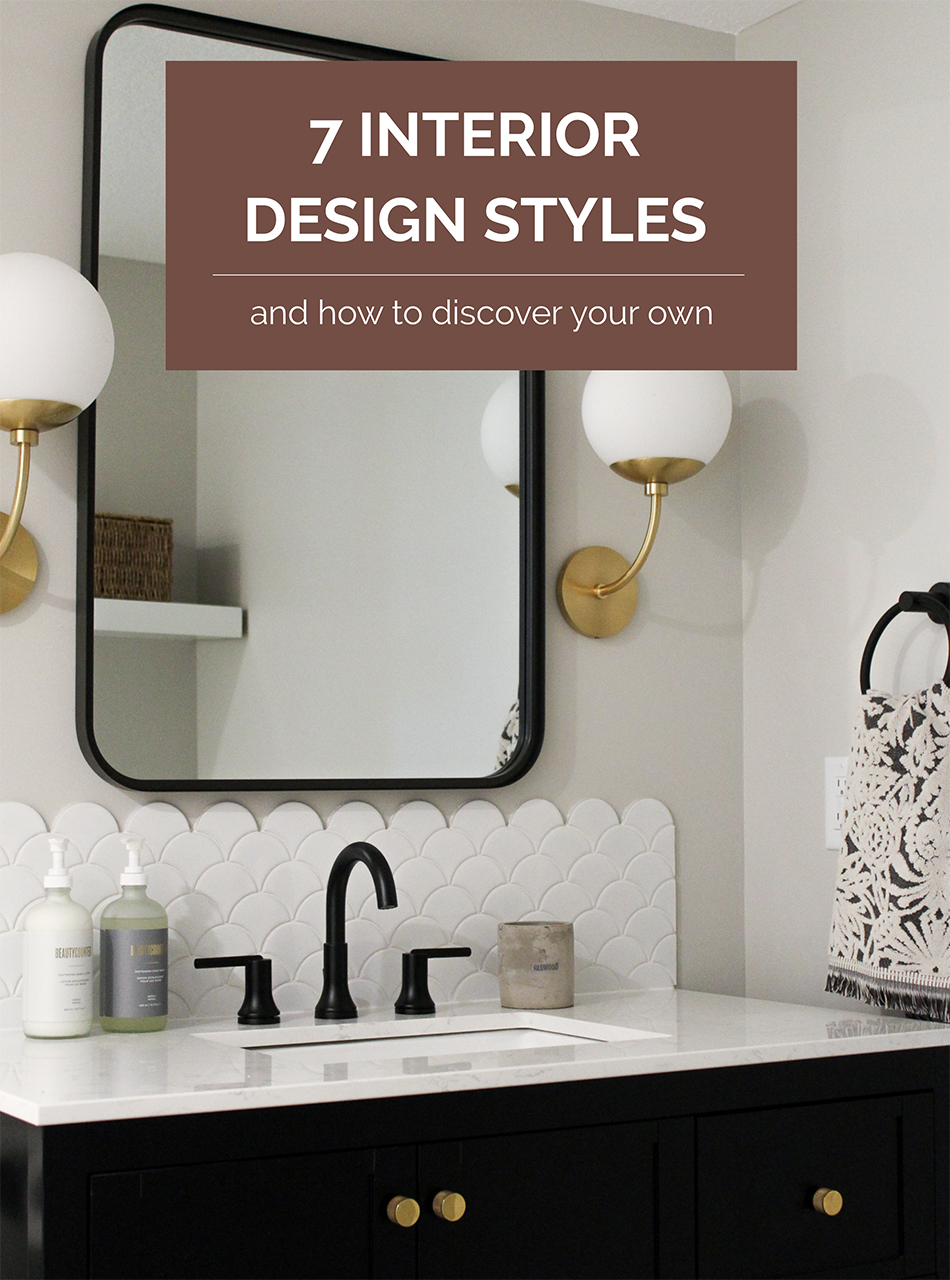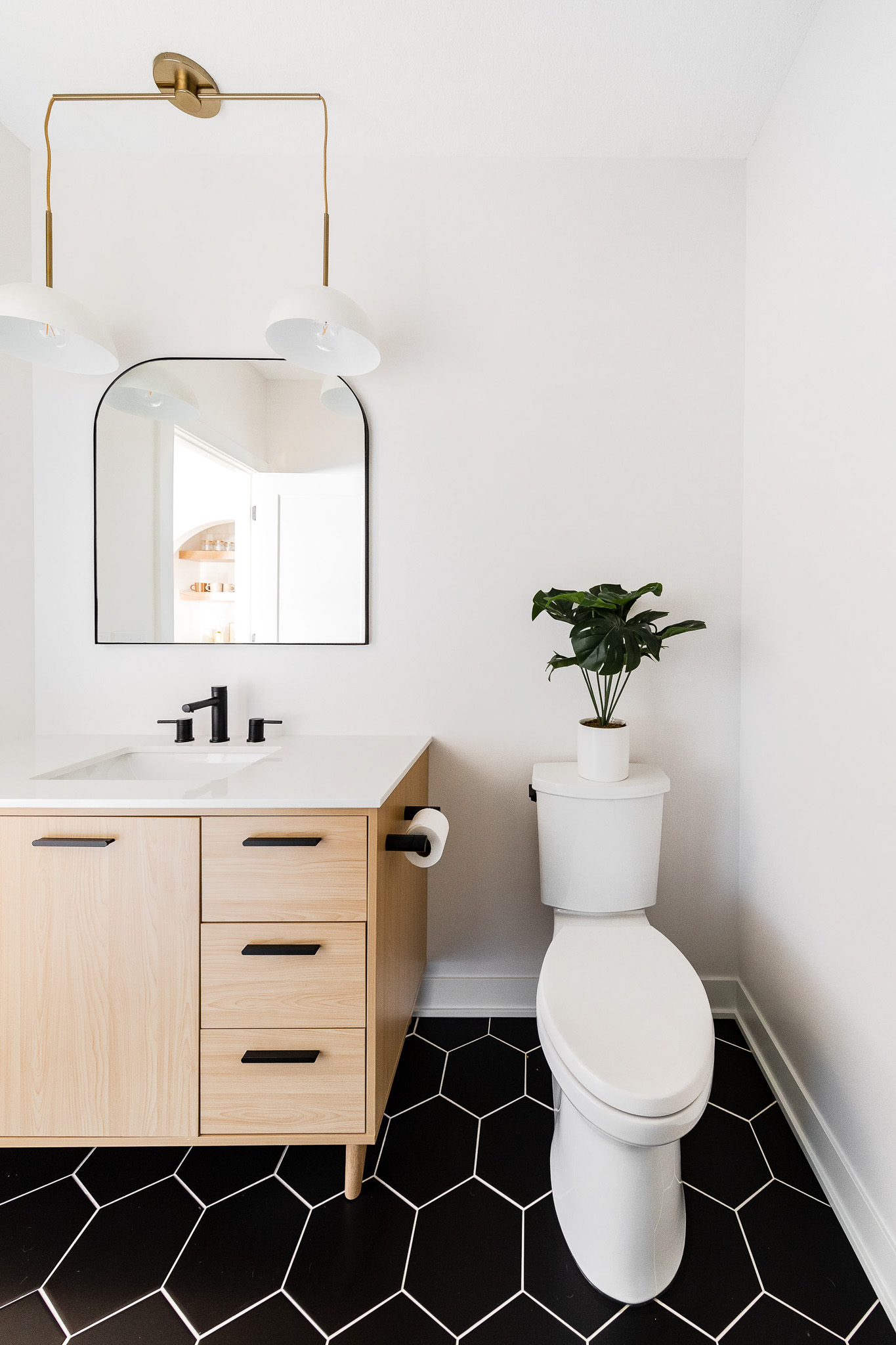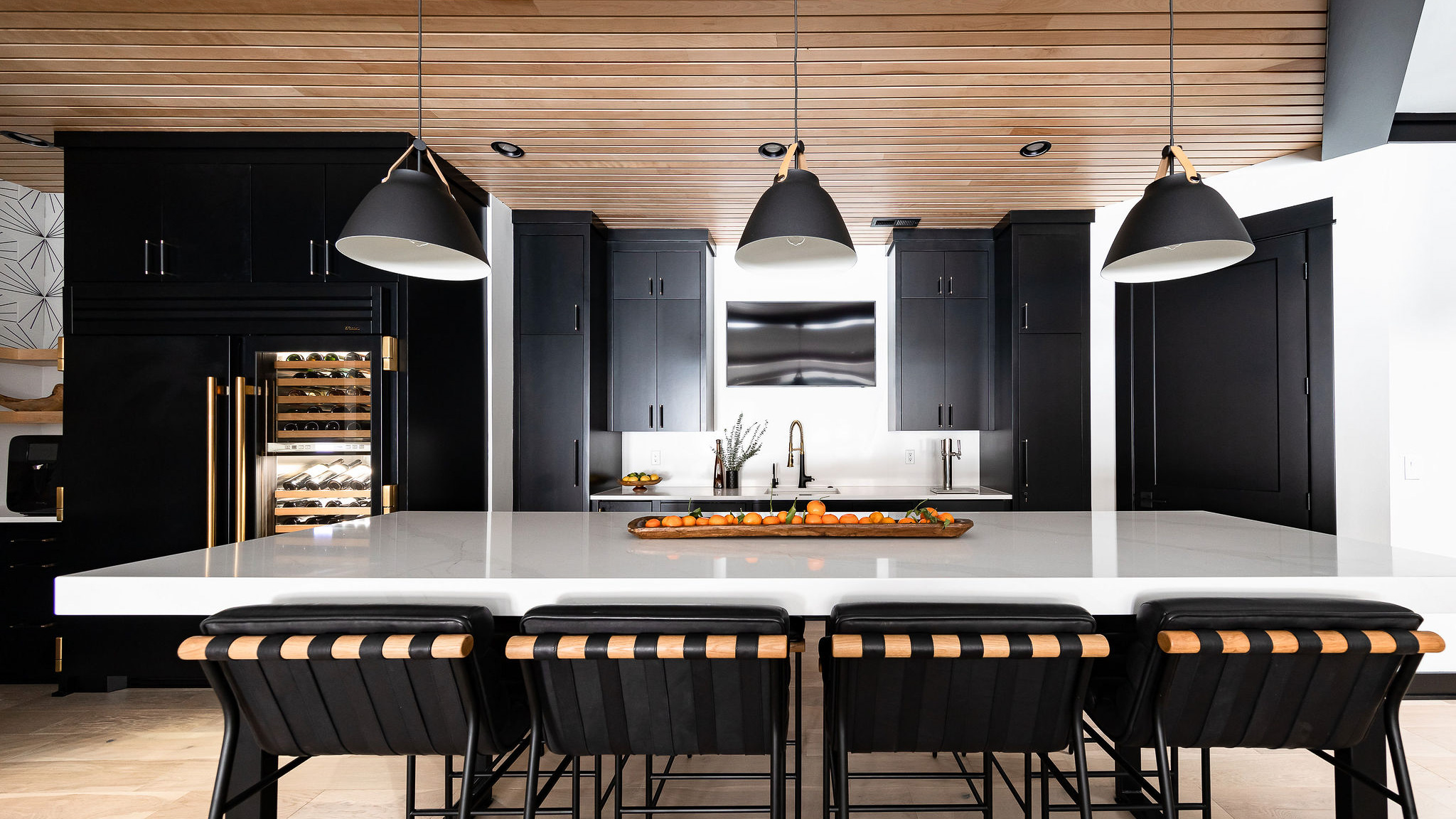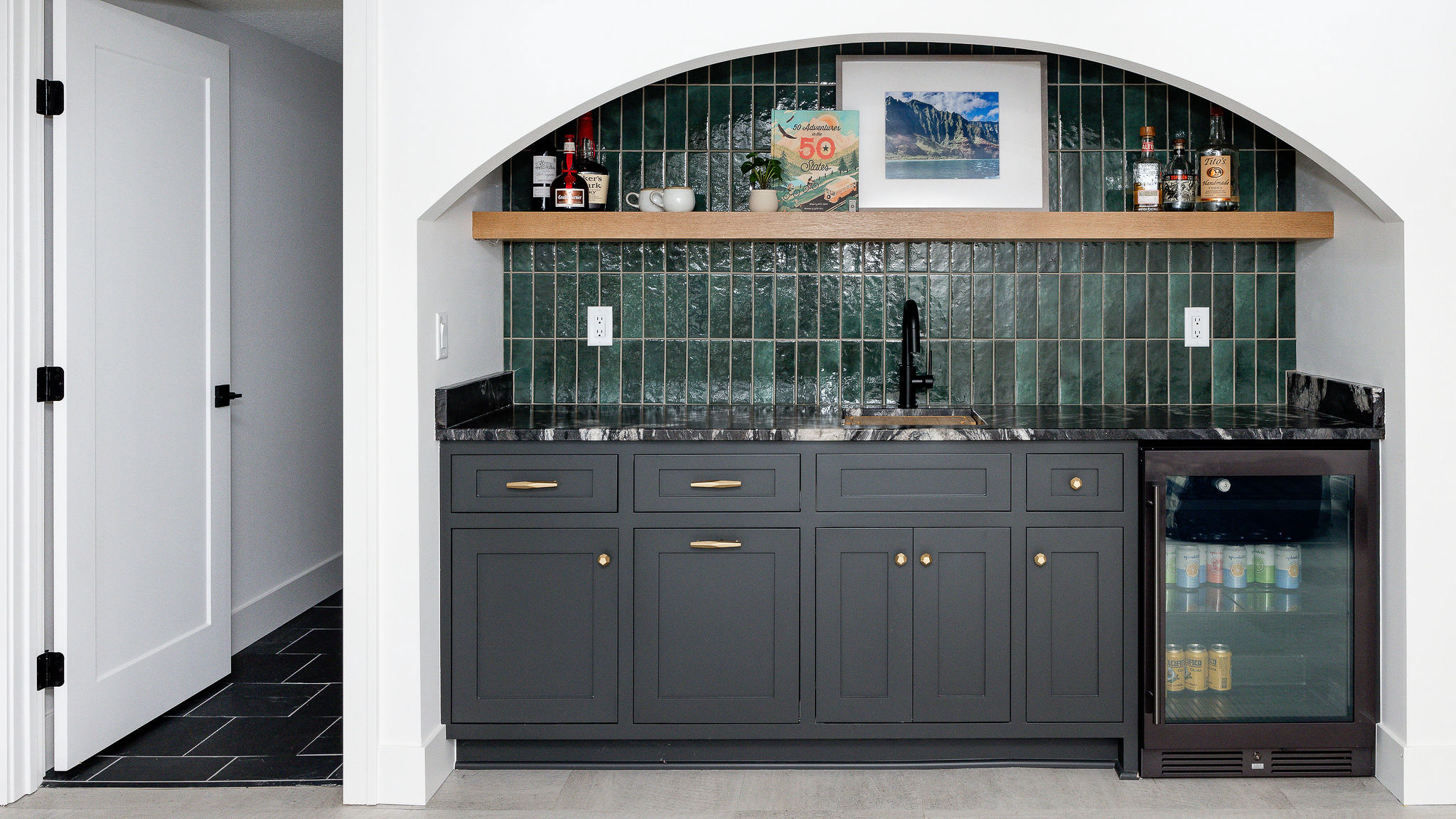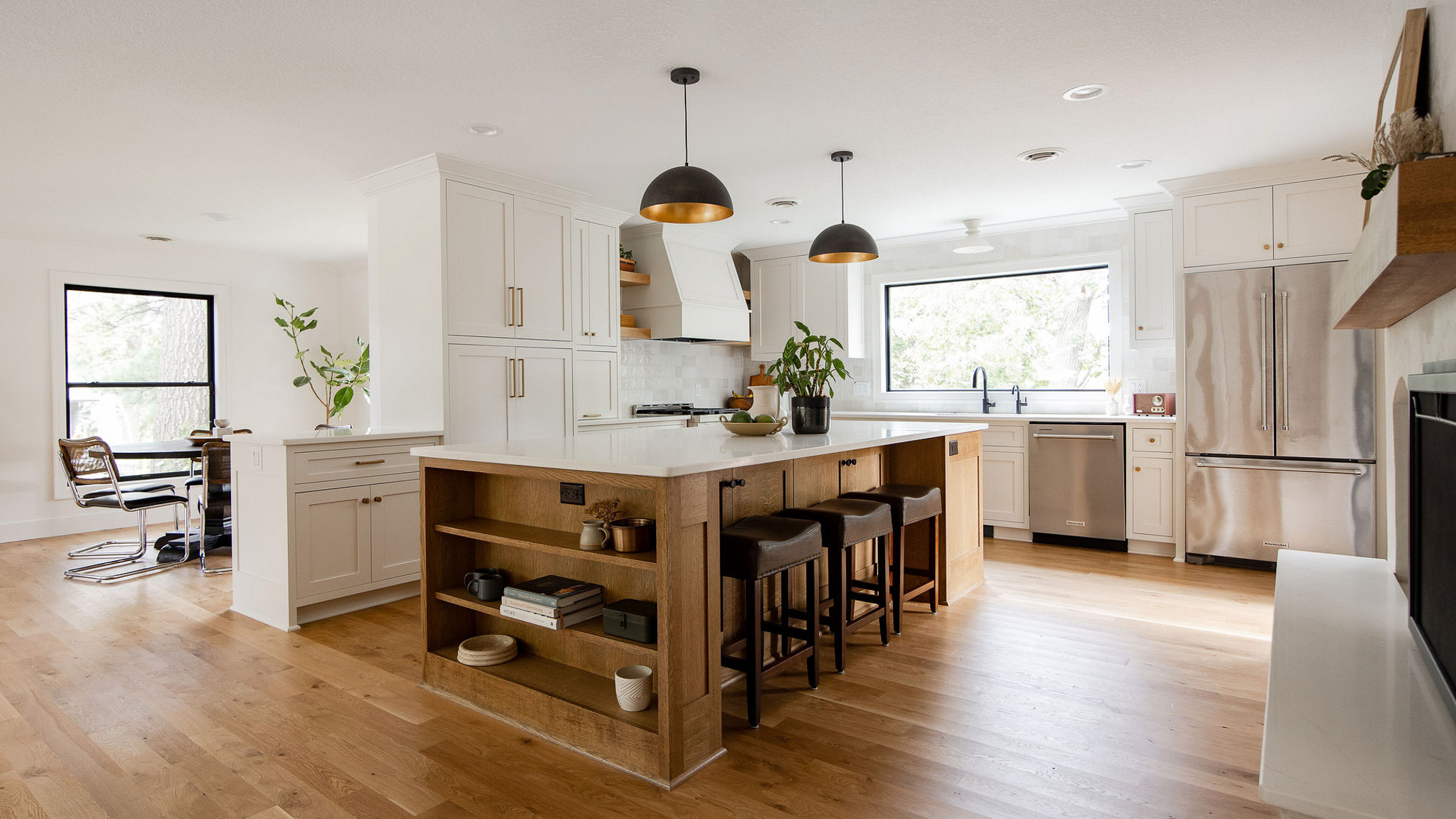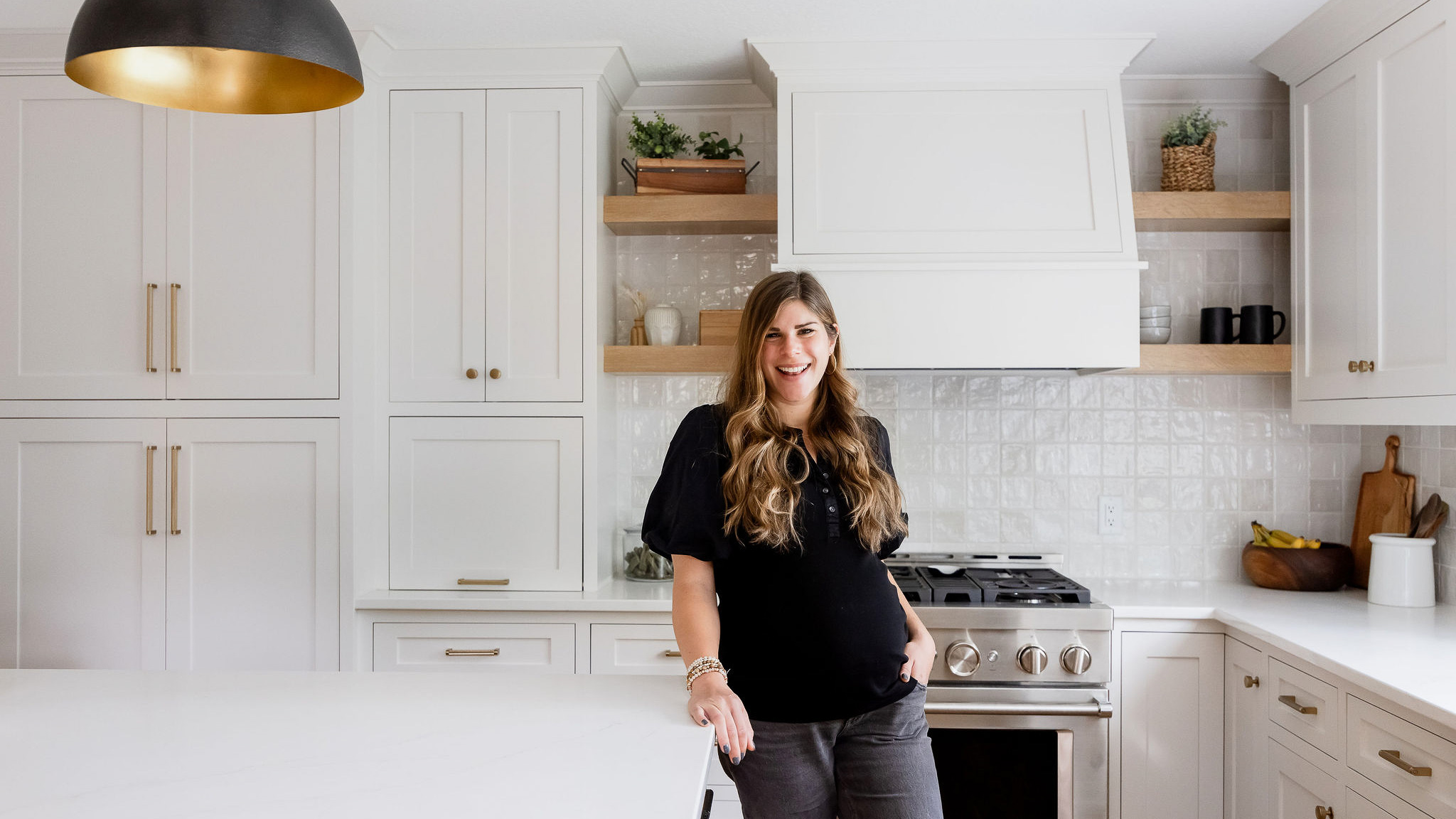Figuring out your design style is an important part to embarking on any new project! Today, we’ll talk through 7 interior design styles to help you determine which one reflects the way you want your home to look and feel.
Whether it’s a refresh, new home build, or remodel, incorporating a similar style throughout the rooms in your home will ensure a flow and consistency to your space. While it is important to stay consistent in the design style in your home, that doesn’t mean you can’t try something new. Mixing and matching certain aspects of design gives your home a unique feel that reflects your personality and lifestyle.
If you’re not quite sure what your design style may be or what the differences even are, keep reading to find out!
1. Modern Farmhouse
This design style really gained traction with Fixer Upper and the Magnolia brand. It showcases clean lines, neutral color palettes, and natural materials. Shiplap is one of the most recognized aspects of the modern farmhouse style. Like all styles, this one has evolved over time and you’ll find more refined and modern elements added to the style now more than ever. It’s a style that feels cozy without being overly cluttered or fussy.
Design Elements
- Reclaimed wood
- Wrought iron fixtures and elements
- Shiplap installed either vertically or horizontally
- Wider plank flooring
- Distressed materials
Willaby Way Project:


2. Eclectic
If you’re not a fan of matchy-matchy and can’t quite nail down one style within your home, you may be drawn to an eclectic style. With this style, there is a uniqueness to the furniture, a mix of time periods, and everything has a place even though it may look cluttered. You’ll often see bright colors and bold patterns as part of the eclectic style. While to some, this may feel busy, others love the lived in look that has a lot of character and personality.
Design Elements
- A play and mix of pattern and textures
- Unique art that includes gallery walls and vintage mirrors
- No strict rules, with an emphasis on fun and personality
- Combination of old and new furniture and elements
Willaby Way Project:
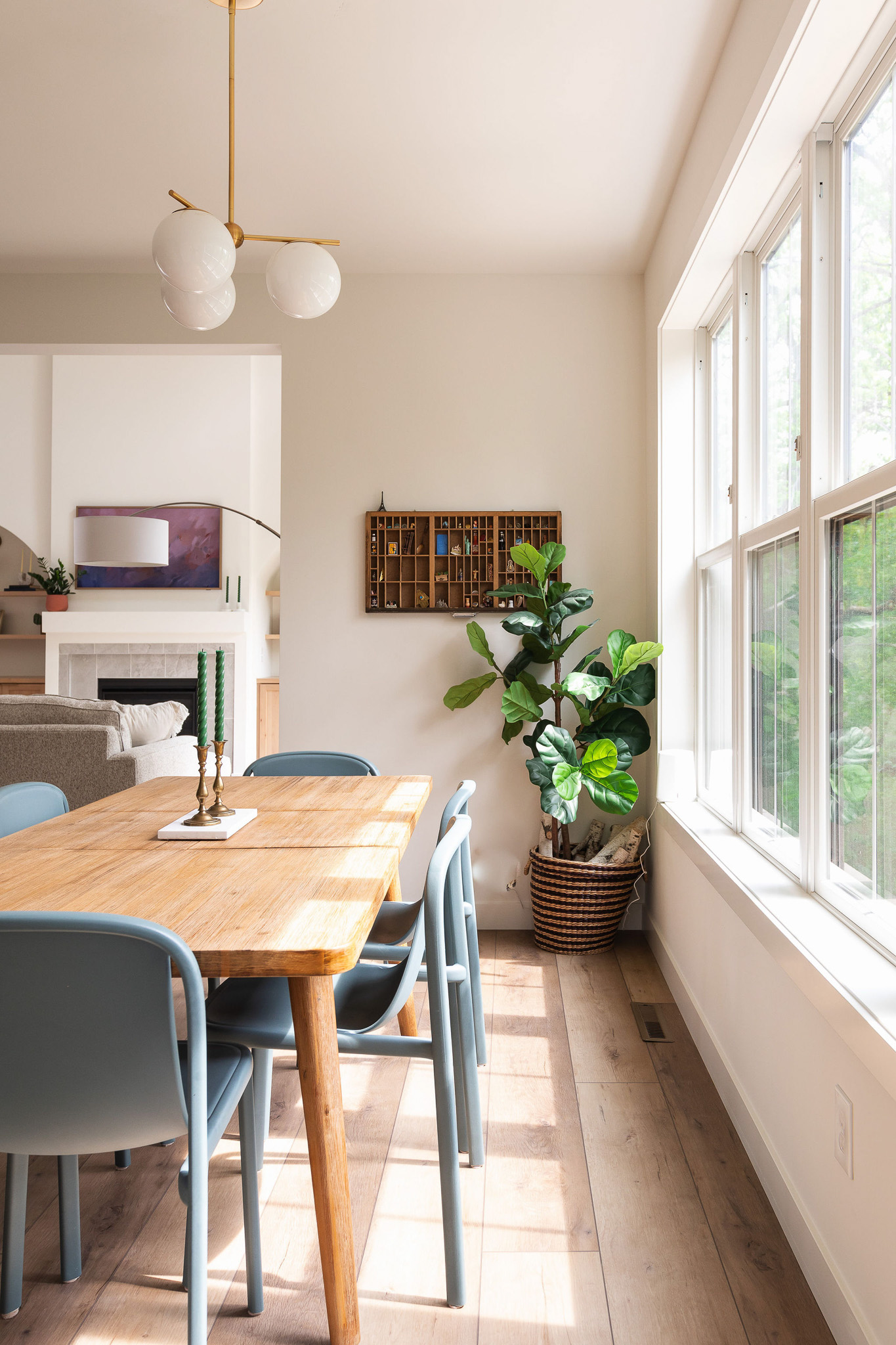
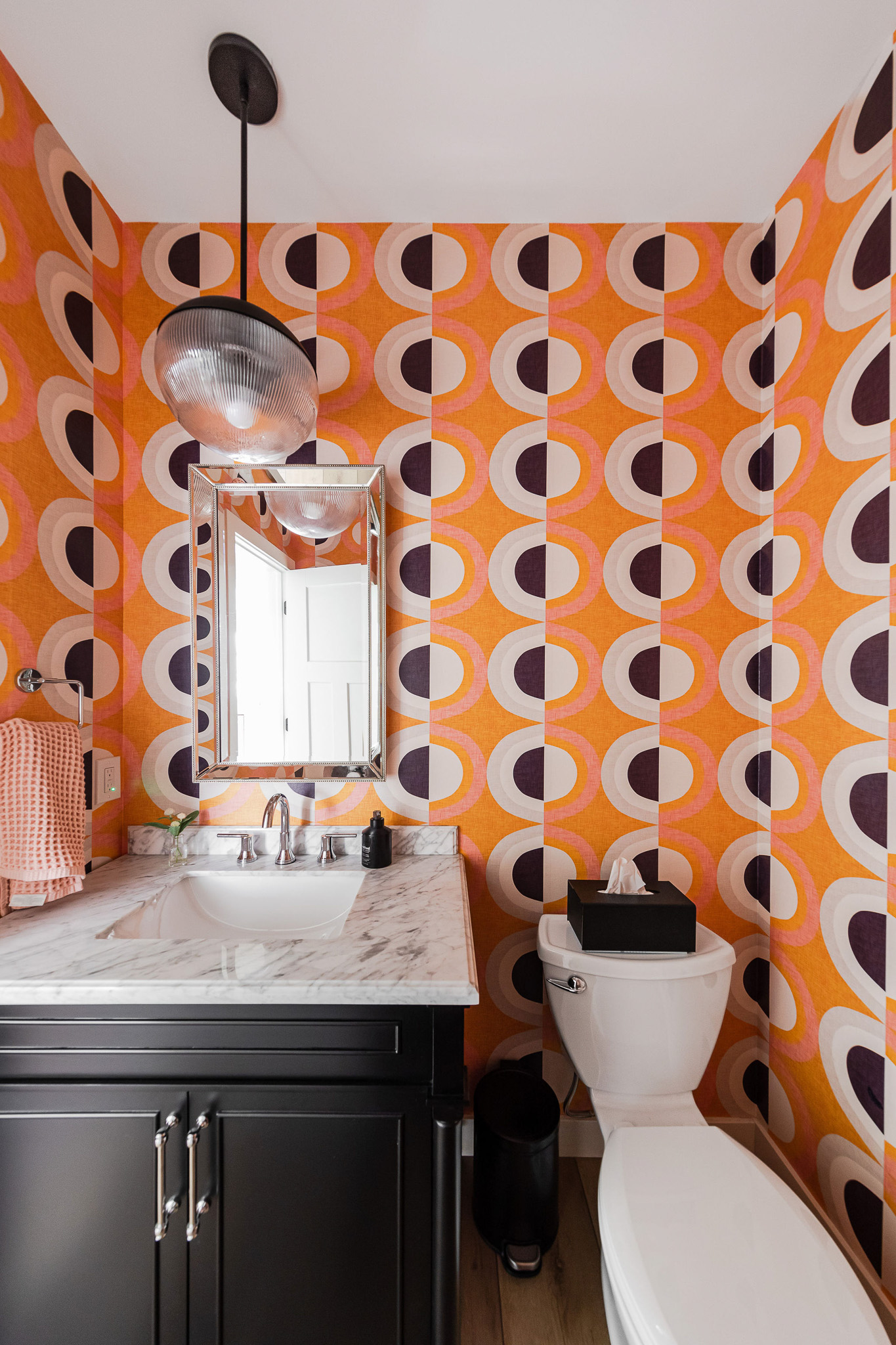
3. Transitional
Transitional design is where traditional and modern meet. While it’s not stuffy or uptight, it’s also not ultra sleek or contemporary. This aesthetic is a classic and works with many home styles, which makes it one that is a great choice for wanting a more timeless feel. With a focus on comfort, symmetry, and minimalism, it feels lived in and aesthetically pleasing at the same time. You’ll find a mix of heirloom pieces with comfortable sofas and chairs. This style doesn’t have a lot of bold colors or crazy patterns, but focuses on a neutral palette with a variety of textures.
Design Elements
- Color palette that includes tan, taupe, and gray
- Variety of textures within fabrics, furniture, and accessories
- Combination of curved edges and straight lines
- Symmetrical elements for balance within the space
- Furniture that is both refined and comfortable
- Mix of metal finishes to create a layered look
Willaby Way Project:
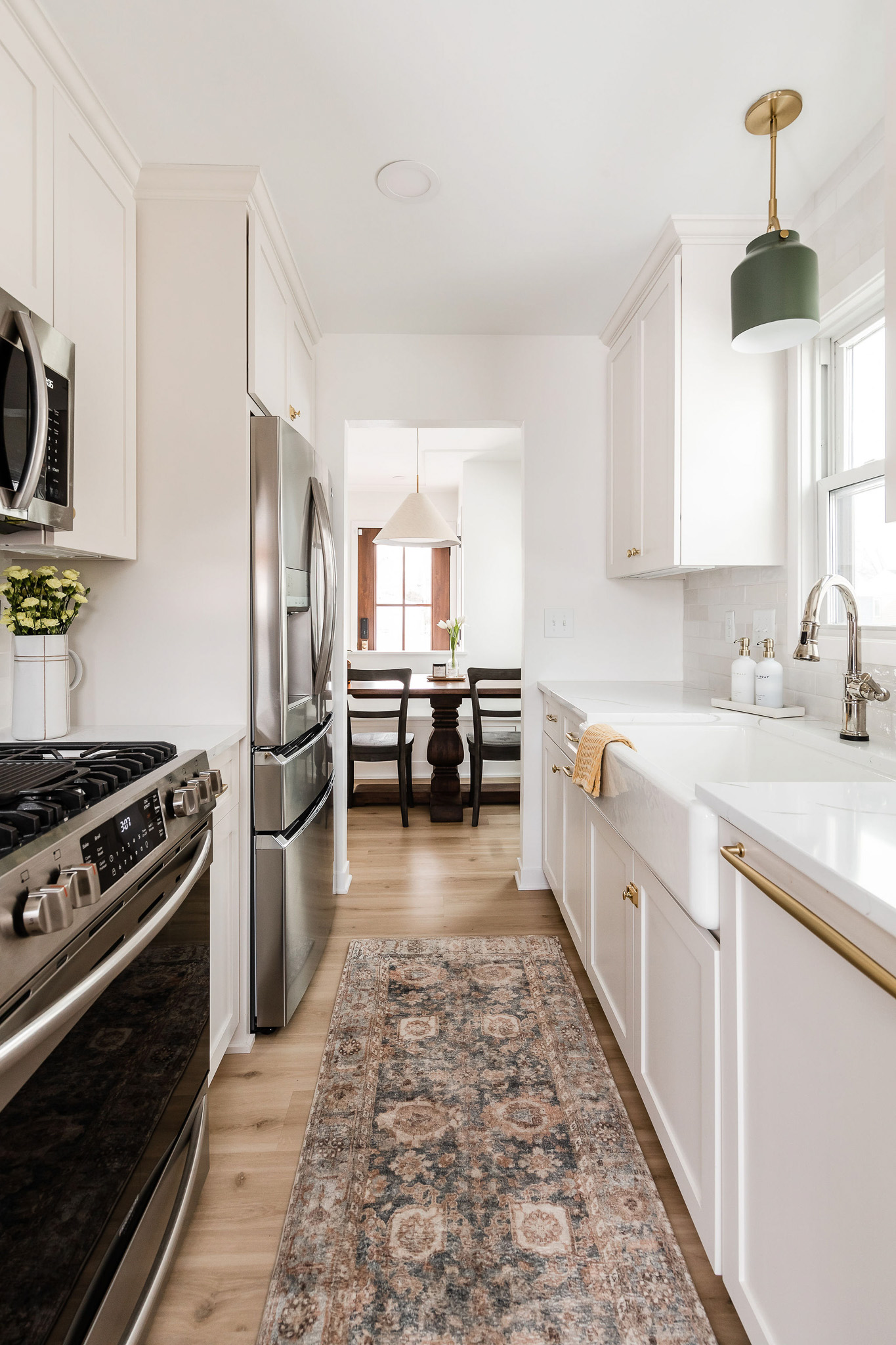
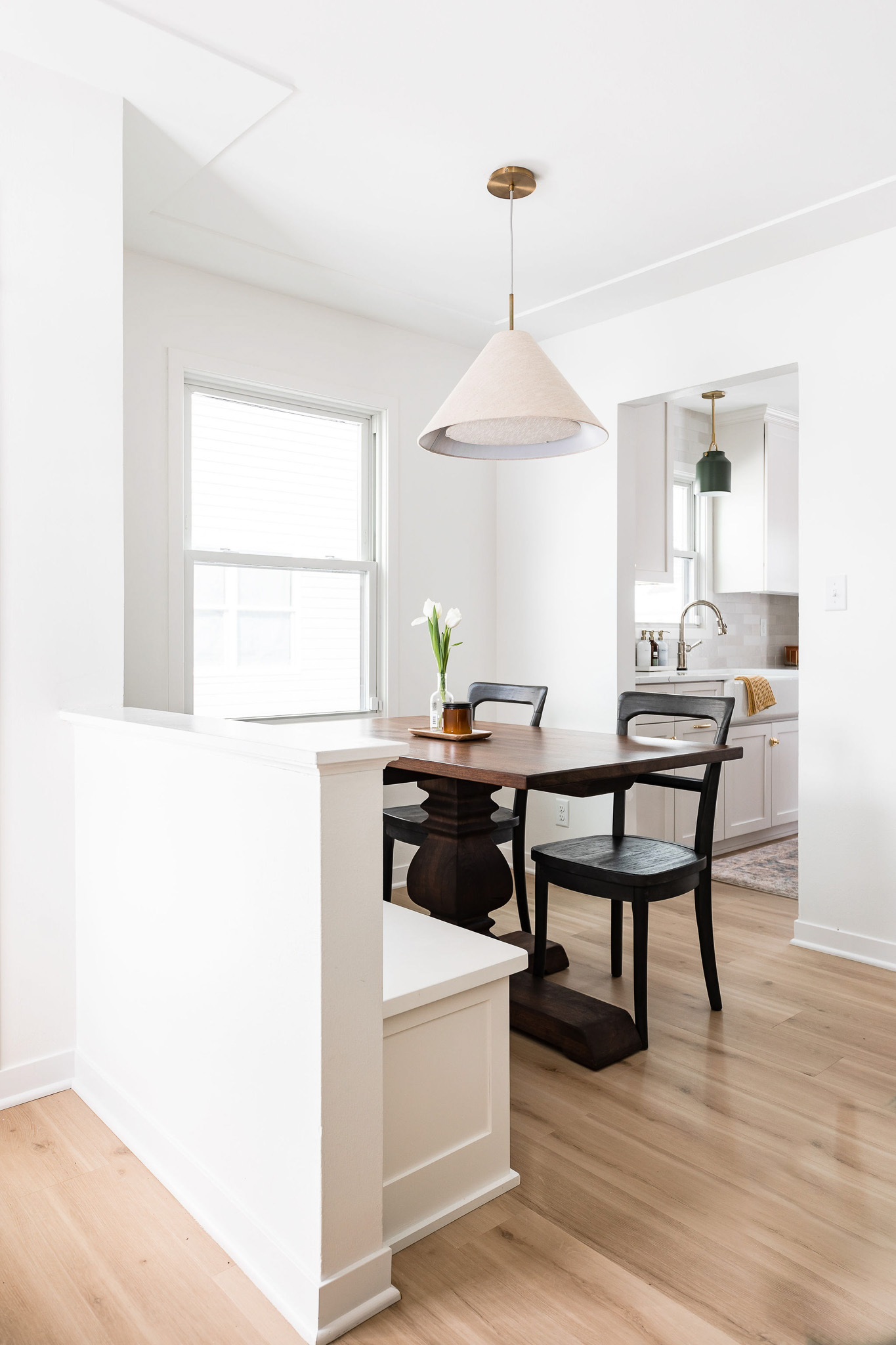
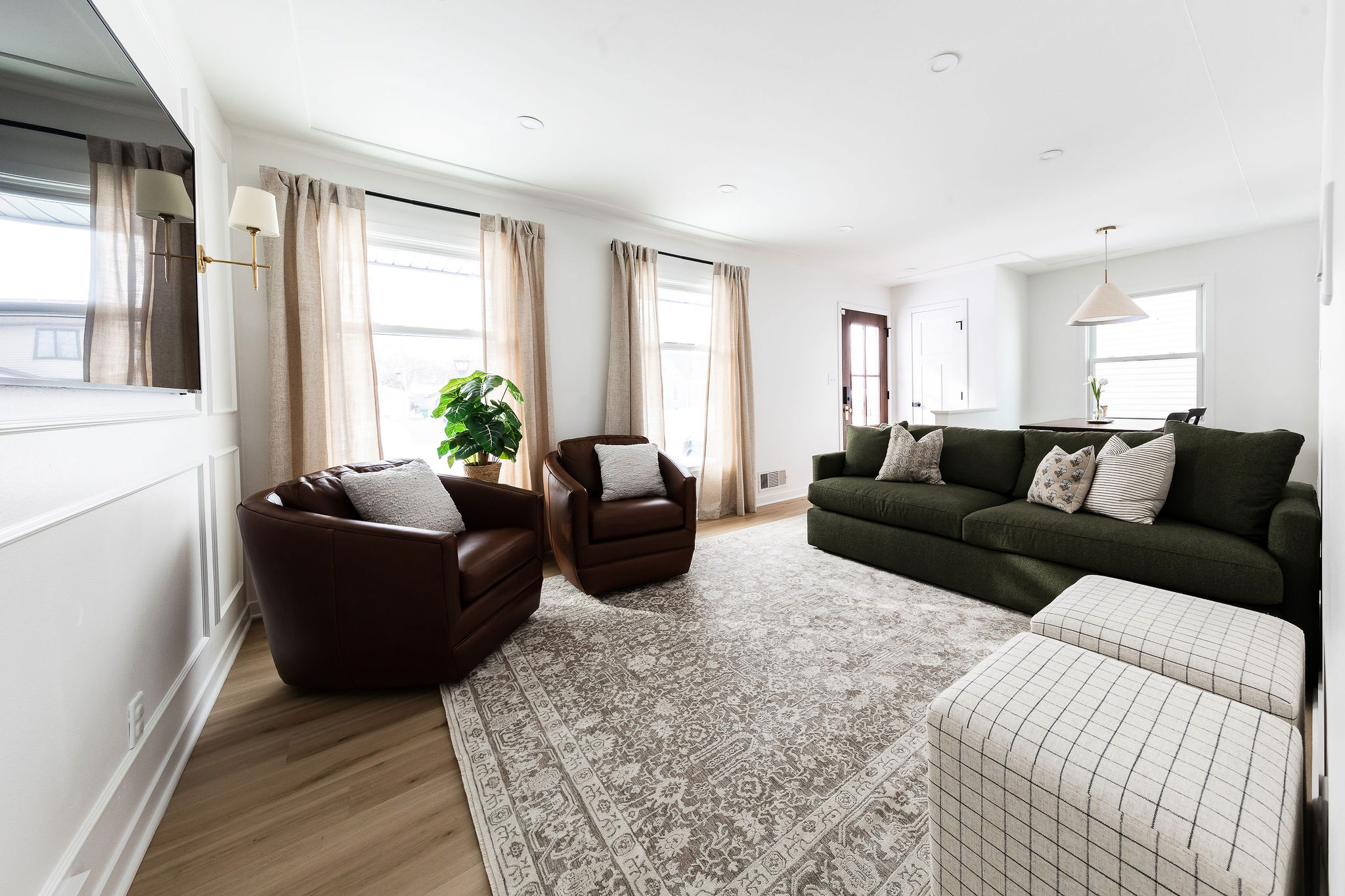

4. Mid Century Modern
The mid century modern style began in the mid-1900s and was based on earlier styles like Bauhaus, International, and Modernism. It focuses on functionality and form, sleek lines with geometric forms, and contrasting materials. There is nothing unnecessary about this design style and all elements have a purpose in the space. The floor plan of mid century modern plans tends to lean more open concept than closed off or smaller rooms.
Design Elements
- The use of natural materials including brick, wood, and beams
- Minimal ornamentation and window treatments
- Multipurpose furniture than can stack, fold, or nest
- Uncluttered spaces with sleek lines
- Neutral palette with bursts of bold colors like teal, mustard, and greens
- Warm woods like walnut and teak
Willaby Way Project:
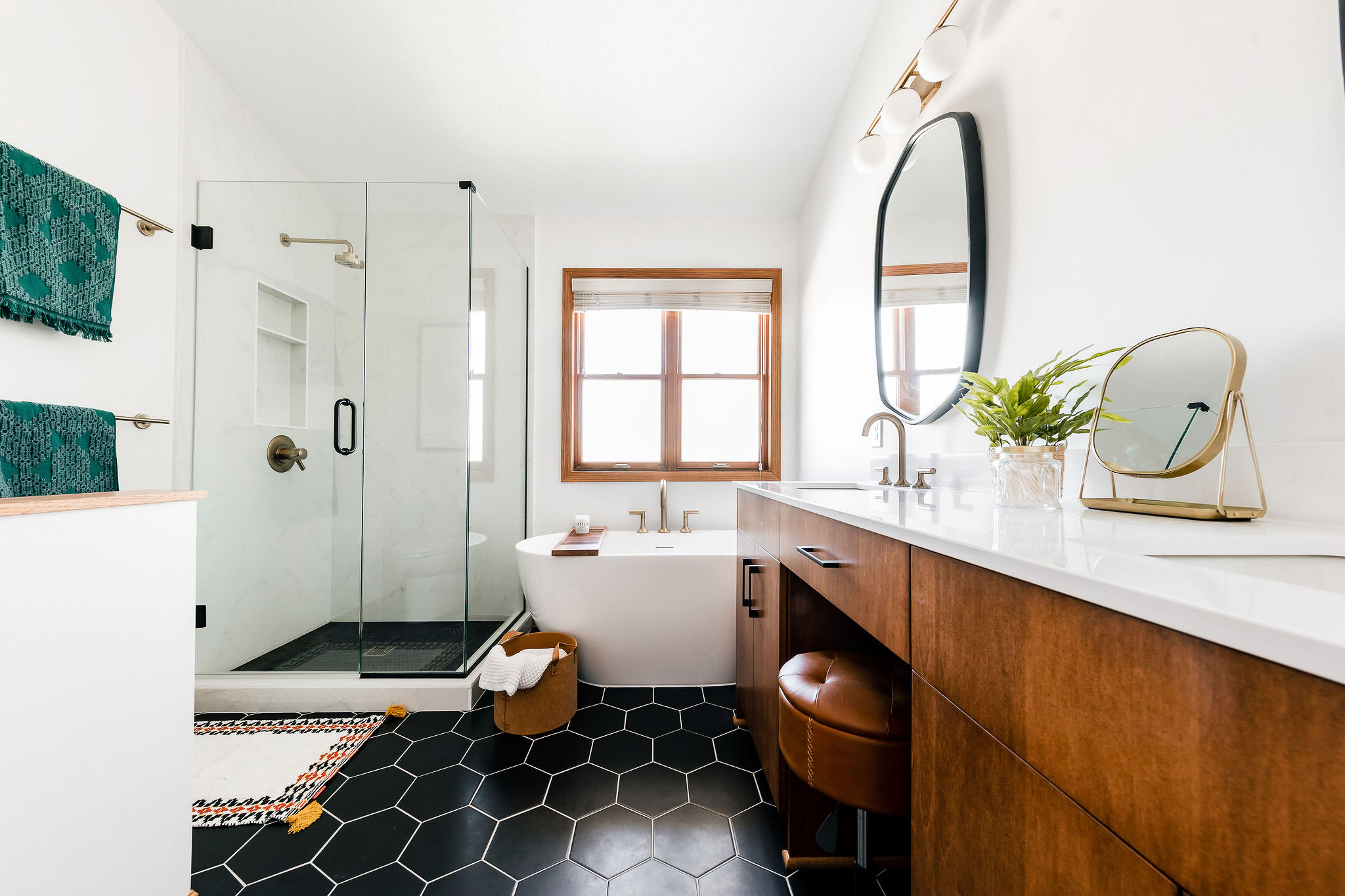

5. Scandinavian
The Scandinavian design style reflects the interiors that you would see in the northern European counteries of Norway, Sweden, and Denmark. This style focuses on light, natural elements, and a simplicity that clears out any clutter. High contrast is another key feature of this style with white walls and black elements that play off natural light. The Danish concept of “hygee” is a major player in this design style and encompasses a feeling of cozy contentment and well-being. The focus is on the simple aspects of life and enjoying those moments in our homes.
Design Elements
- Wide wood plank flooring
- Natural materials including wood, stone, and concrete
- Furniture has clean lines and a modern feel
- Organic patterns like herringbone or stacked subway
- Minimalist feel with no clutter or extras
Willaby Way Project:
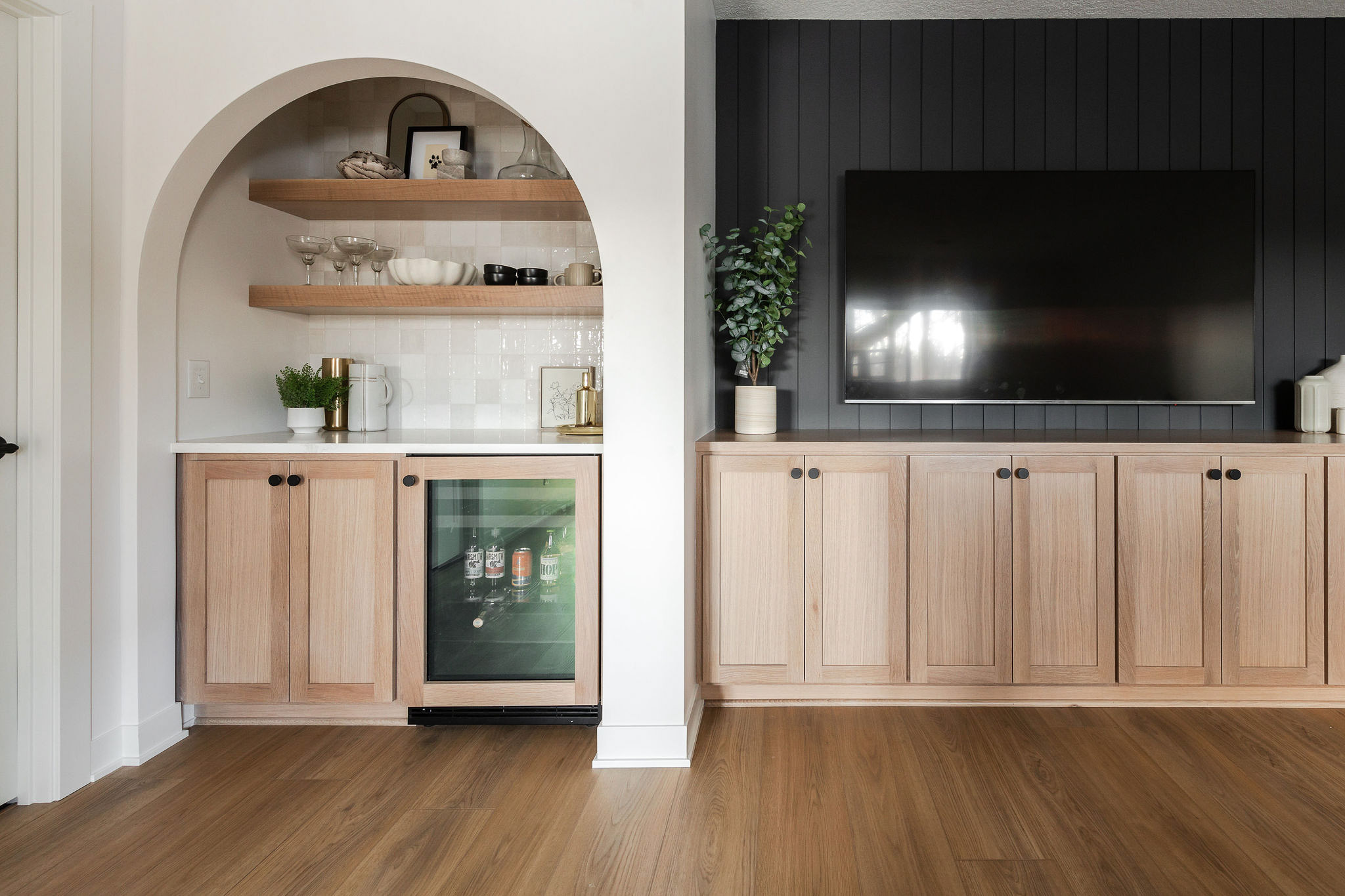
6. Contemporary
The contemporary design style is characterized by simplicity, clean lines, and open space. One of the most distinct aspects of this design is the importance of the line. With a combination of straight, horizontal, and curved, lines define the room and shape of furniture and materials. The focus is on space, rather than things or objects to fill the room. Every element that is included stands out as a unique part of the interior. Less is more with this design style.
Design Elements
- Less is more
- Clean lines whether horizontal, vertical, or curved
- Metal, stone, and glass material
- Textured fabric to warm up the space in neutral colors
- Focus on space and light
Willaby Way Project:
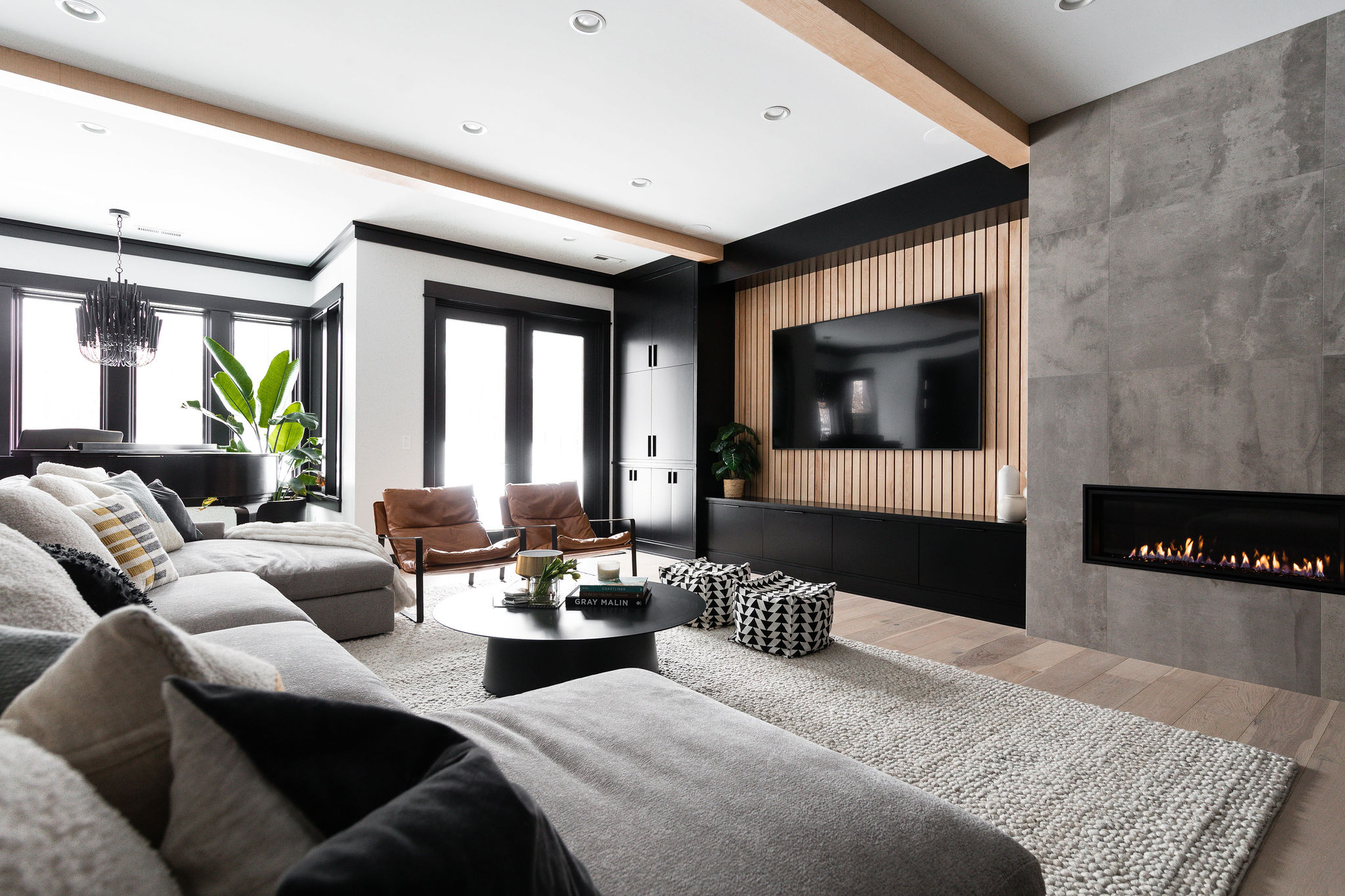

7. Tudor
Design Elements
- Exposed beams and wood elements
- Stonework and brick fireplaces
- Mixing metals
- Historic looking lighting and plumbing
- Warm color scheme
Willaby Way Project:
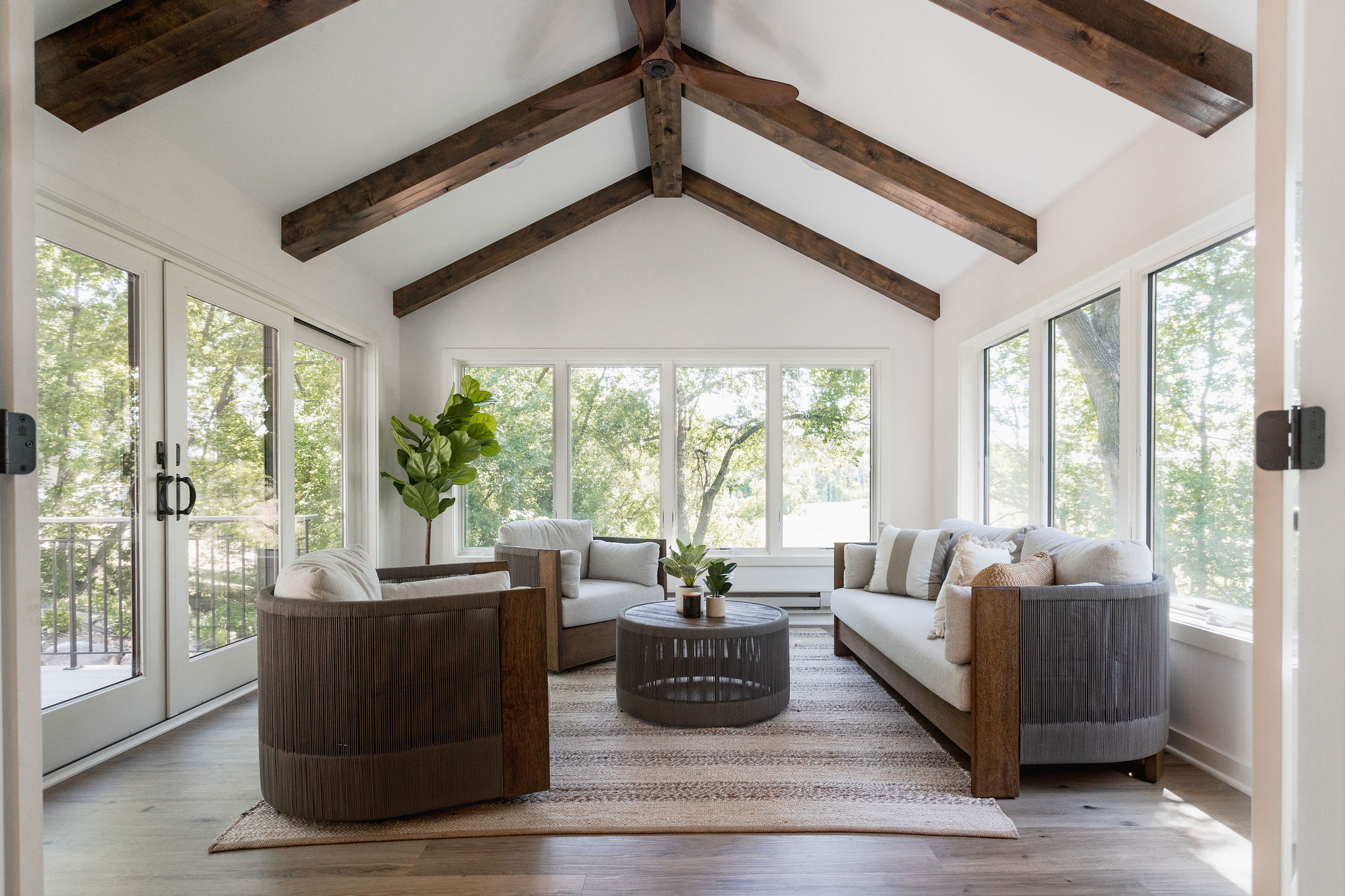
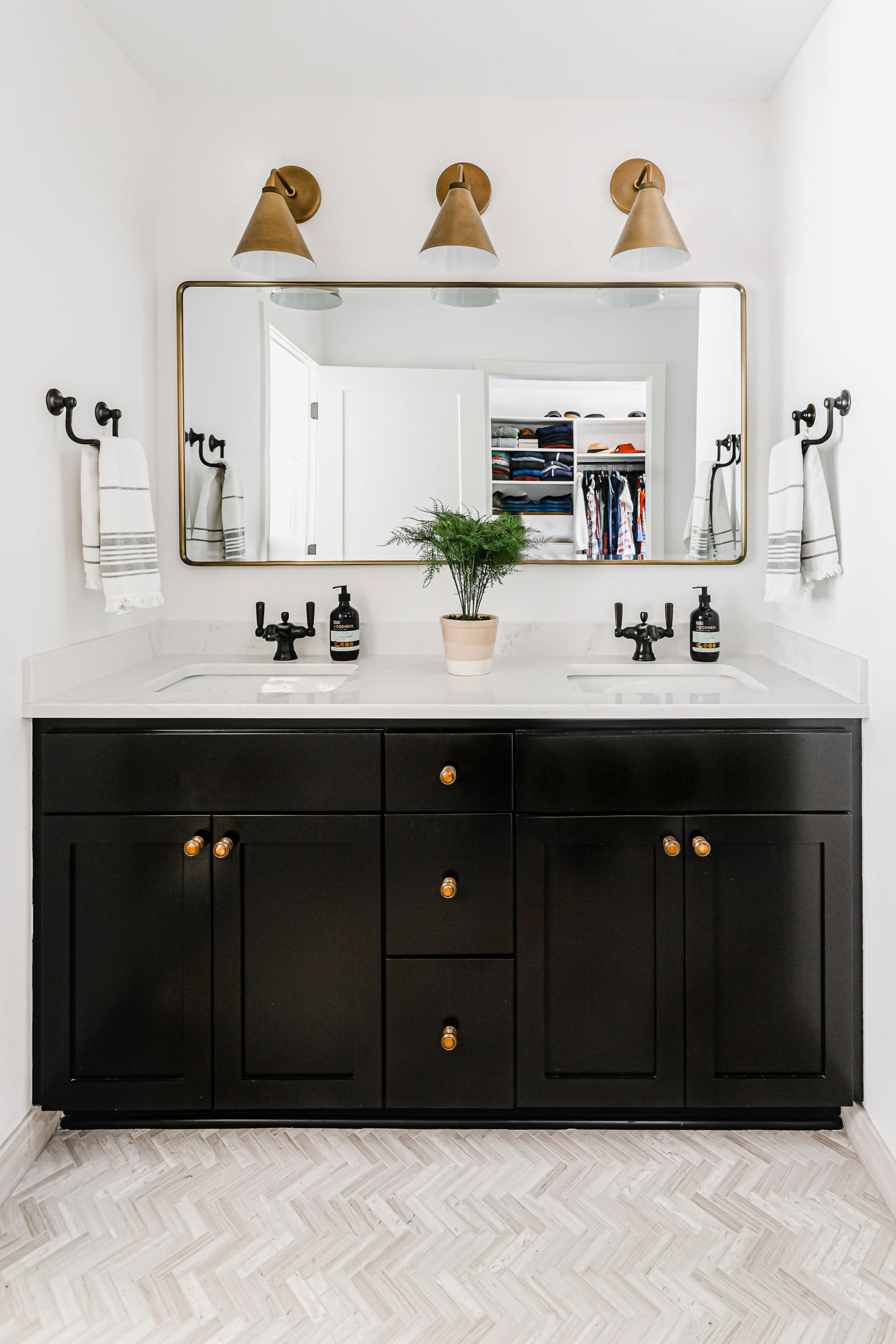
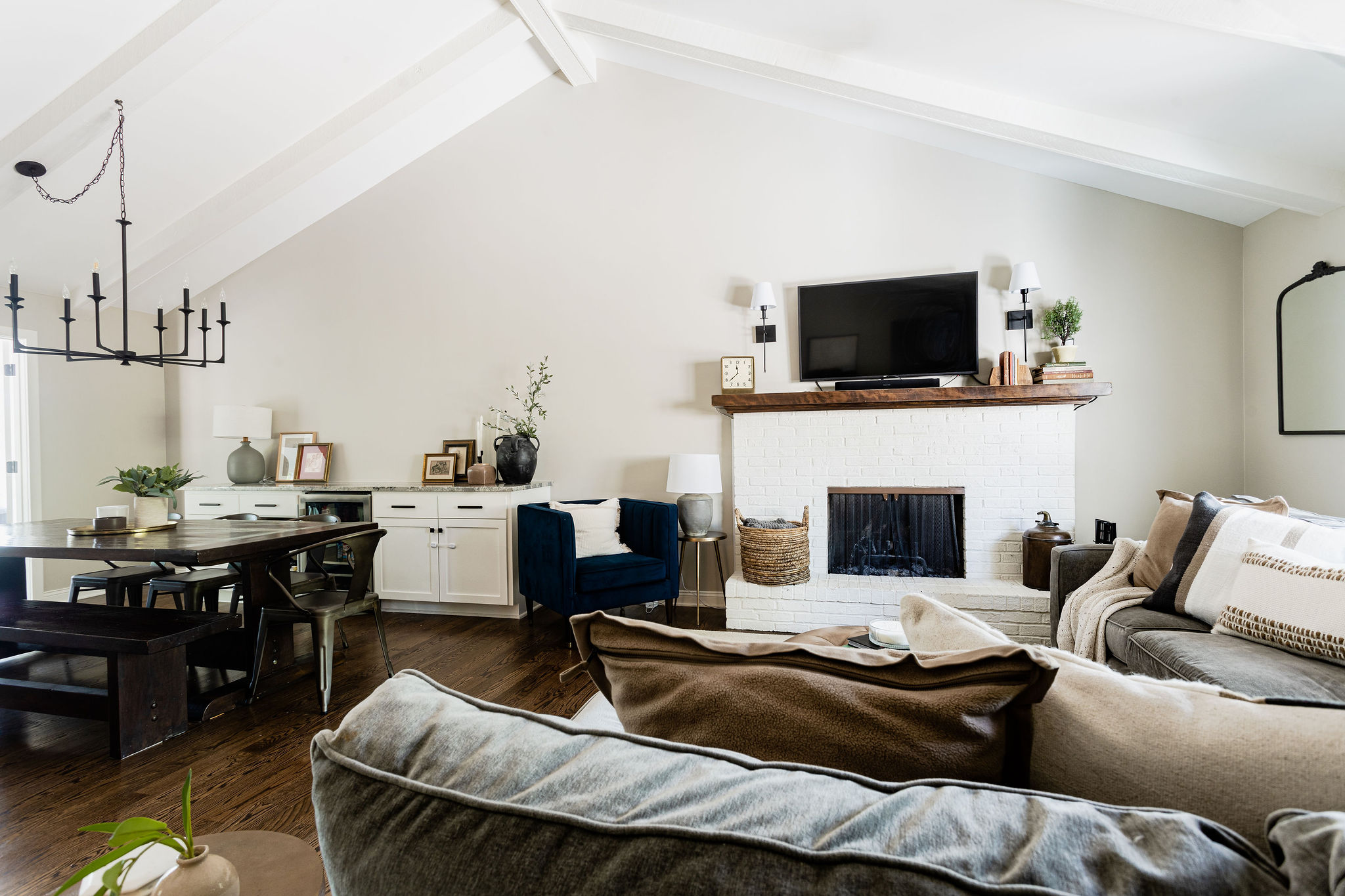
And there ya have it – 7 Interior Design styles! Which one was your favorite? If you’re looking to update a project in your home, I’d love to connect with you and explore more of your design style and project needs.
